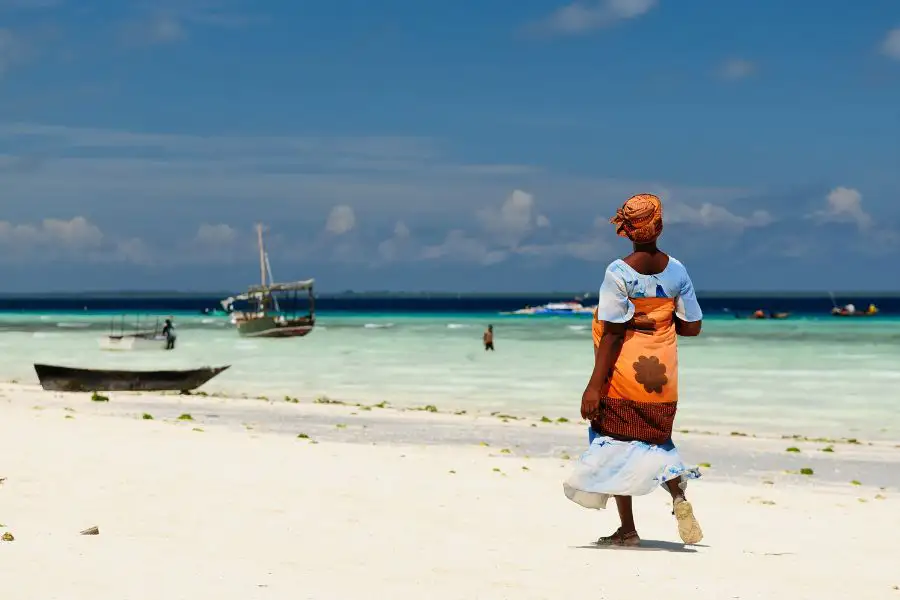The Blue Economy revolves around the sustainable use of ocean resources to drive economic growth, improve livelihoods, and job creation while preserving marine ecosystems. In East Africa, the Blue Economy has gained momentum due to the region’s rich marine resources, including fisheries, shipping, tourism, and offshore energy. As these industries expand, the role of women is becoming increasingly vital—not only for economic development but also for fostering gender equality and strengthening marine professions.
Women’s Historical and Evolving Role
Historically, women in East Africa obtained a strong presence in coastal and maritime sectors, often in informal roles like fishmongers, traders, and processors. However, limited access to formal employment in marine resource management, shipping, and energy has hindered their roles. Recently, there has been a growing recognition of women’s contributions, leading to efforts to integrate them into the formal Blue Economy.
Key Sectors Where Women Contribute
Women are actively employed in small-scale fisheries, particularly in Tanzania and Kenya. While men dominate deep-sea fishing, women manage post-harvest operations, including value addition, fish processing, and marketing. Their expertise ensures food security and economic stability for coastal communities.
In Zanzibar, thousands of women have achieved financial independence through seaweed farming. This eco-friendly industry provides livelihoods, helps conserve coastal areas, and sequester carbon. Initiatives like the Zanzibar Seaweed Cluster Initiative (ZaSCI) aim to increase productivity and support women in this growing sector.
Marine conservation is another area where women lead. Community-based projects like marine protected zones and mangrove restoration have successfully protected biodiversity. Organizations similar to the Kenya Marine and Fisheries Research Institute (KMFRI) have demonstrated the significance of women-led conservation projects in safeguarding biodiversity and preserving fish breeding sites along Kenya’s coast.
Coastal and marine-based tourism presents further opportunities for women. Many are involved in community-based tourism initiatives, serving as tour guides, eco-lodge managers, and artisans promoting local crafts. These initiatives empower women economically yet also help preserve cultural and environmental heritage. Investing in training programs can expand women’s participation in this rapidly growing industry.
Challenges Facing Women in the Blue Economy
Despite their contributions, women face several challenges in the Blue Economy:
- Limited Access to Capital and Resources: Many women lack the financial resources to invest in advanced aquaculture methods, improve their businesses, or acquire better fishing equipment.
- Policy and Leadership Gaps: Women are often excluded from decision-making processes, restricting their access to funding and limiting their influence on industry regulations.
- Climate Change and Environmental Degradation: Women, especially those in small-scale fisheries, are disproportionately affected by rising sea levels, erratic weather, and declining fish stocks, due to activities such as illegal fishing.
- Cultural and Social Norms: Gender biases continue to prevent women from entering higher-paying marine occupations, such as maritime logistics or deep-sea fishing.
With greater investment and policy reforms, women can lead innovation and sustainability in East Africa’s Blue Economy. Their leadership in conservation, aquaculture, and fisheries is key to the resilience of the economy and ecosystem. Recognizing and enhancing their role is not only a matter of equity but a necessary step for long-term sustainability.
Women’s leadership in the Blue Economy is indispensable. From fisheries to tourism and energy, their contributions ensure sustainable growth and prosperity for the region. By addressing gender disparities and ensuring equal access to resources and opportunities, East Africa can fully harness the power of its Blue Economy—driving prosperity while advancing gender equality.

